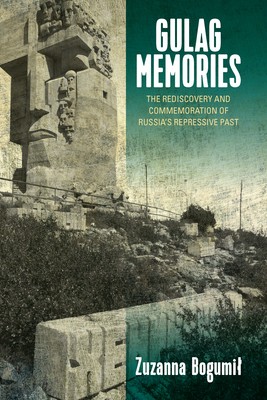
- We will send in 10–14 business days.
- Author: Zuzanna Bogumil
- Publisher: Berghahn Books
- ISBN-10: 1800734379
- ISBN-13: 9781800734371
- Format: 15.2 x 22.6 x 1.8 cm, softcover
- Language: English
- SAVE -10% with code: EXTRA
Reviews
Description
Though the institution of the Gulag was nominally closed over half a decade ago, it lives on as an often hotly contested site of memory in the post-socialist era. This ethnographic study takes a holistic, comprehensive approach to understanding memories of the Gulag, and particularly the language of commemoration that surrounds it in present-day Russian society. It focuses on four regions of particular historical significance--the Solovetsky Islands, the Komi Republic, the Perm region, and Kolyma--to carefully explore how memories become a social phenomenon, how objects become heritage, and how the human need to create sites of memory has preserved the Gulag in specific ways today.
EXTRA 10 % discount with code: EXTRA
The promotion ends in 19d.10:14:59
The discount code is valid when purchasing from 10 €. Discounts do not stack.
- Author: Zuzanna Bogumil
- Publisher: Berghahn Books
- ISBN-10: 1800734379
- ISBN-13: 9781800734371
- Format: 15.2 x 22.6 x 1.8 cm, softcover
- Language: English English
Though the institution of the Gulag was nominally closed over half a decade ago, it lives on as an often hotly contested site of memory in the post-socialist era. This ethnographic study takes a holistic, comprehensive approach to understanding memories of the Gulag, and particularly the language of commemoration that surrounds it in present-day Russian society. It focuses on four regions of particular historical significance--the Solovetsky Islands, the Komi Republic, the Perm region, and Kolyma--to carefully explore how memories become a social phenomenon, how objects become heritage, and how the human need to create sites of memory has preserved the Gulag in specific ways today.


Reviews